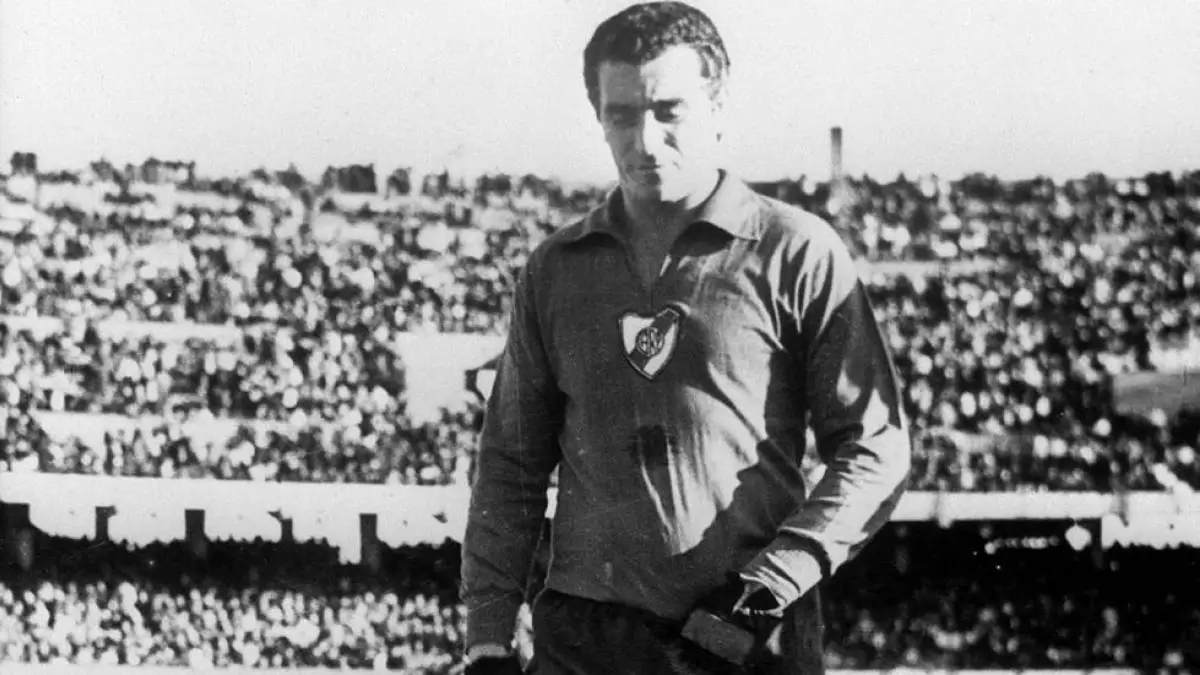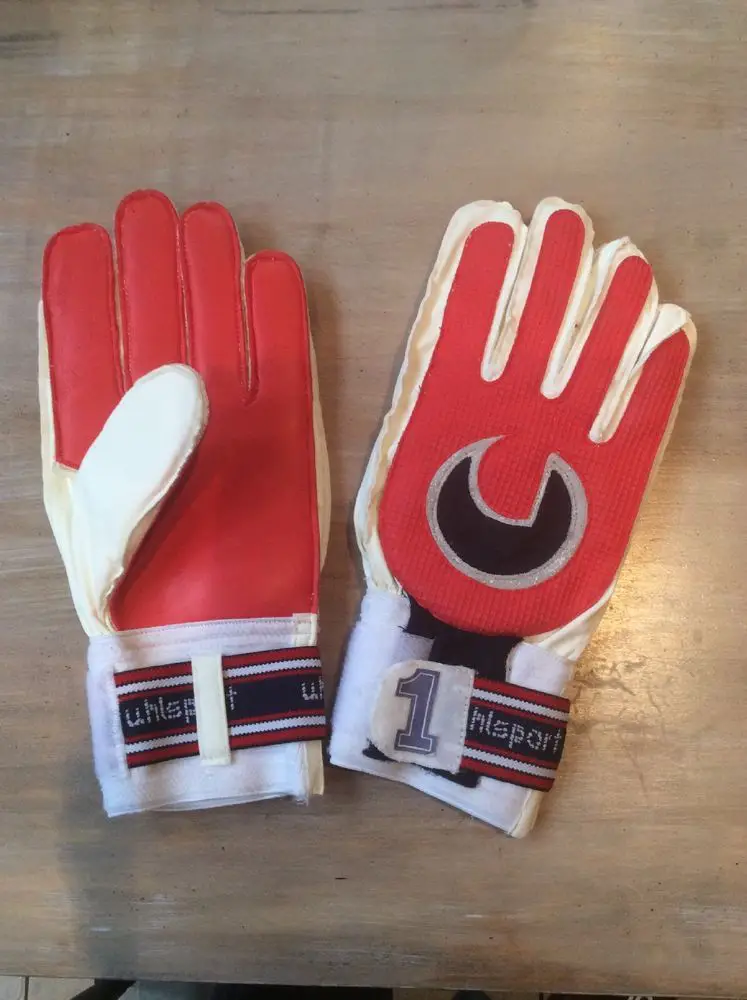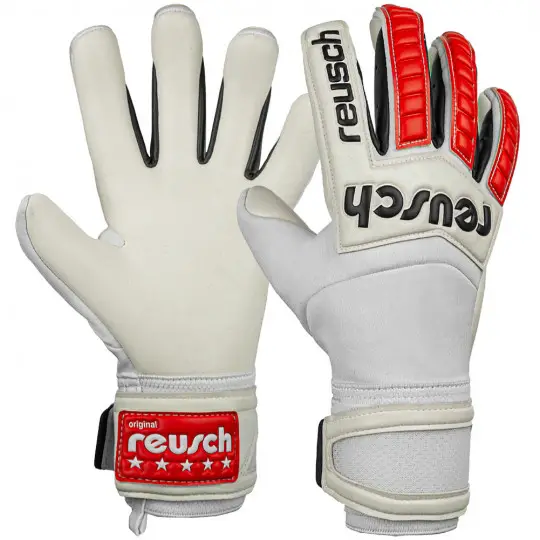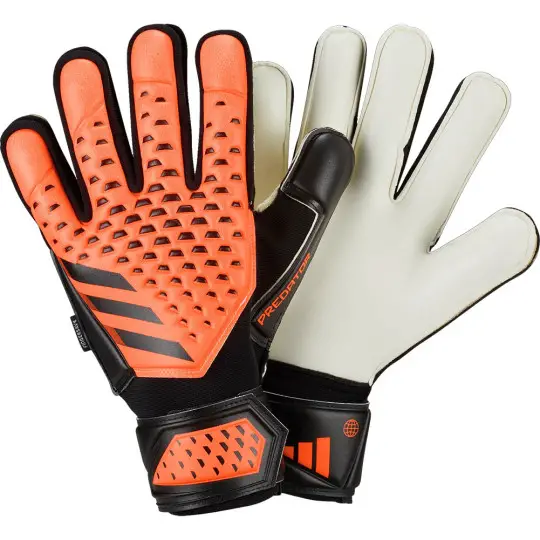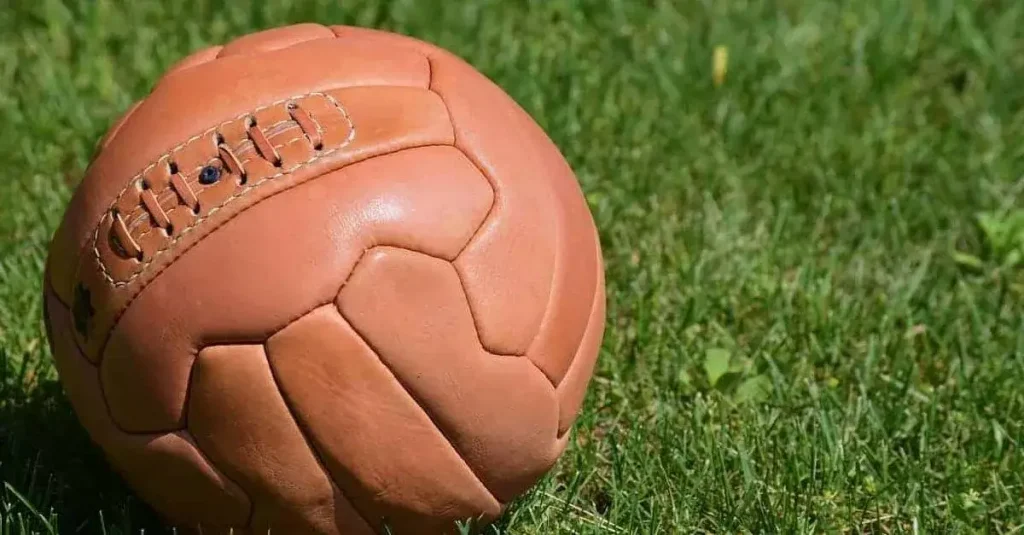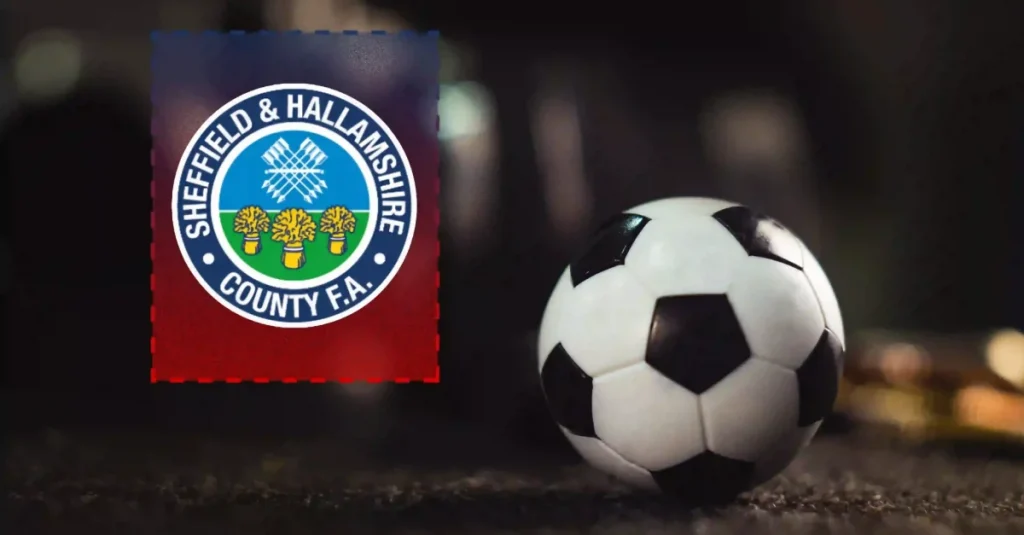Goalkeepers are the last line of defence. It’s accepted in today’s game that they need a little extra equipment, more padding, fluorescent jerseys, and state-of-the-art goalkeeper gloves. Their role has evolved over the years, much like their tools. With the most crucial evolution being the aforementioned gloves. Now integral to simply play the position properly, there was a time that keepers had to make do without.
At first, gloves were simply hand protectors that served no functional purposes other than taking the sting out of a rasping 25-yard shot. Now, however, they not only protect the keeper from a slew of hand-related injuries but also greatly enhance the keeper’s shot-stopping and ball-handling abilities. From their humble beginnings as mere hand protectors to the technologically advanced marvels we see today, goalkeepers’ gloves have come a long way.
In this article, we take a historical journey to explore the evolution of goalkeeper’s gloves, before answering who was the talisman, the innovator to first don the gloves.
Early Days: The Birth of Goalkeeper’s Gloves
For almost a century goalkeepers didn’t wear gloves. They relied solely on their bare hands to make saves, making fearless dives, undeterred by the heavy sphere object flying towards them. however, in the early days of football, the late 19th century, balls were far heavier, and players couldn’t generate anywhere near as much power as they can today. Shots could still easily break a finger or two, but in these days it was seen as part of the job, even part of the fun.
It would be years before gloves began to make an appearance, in spite of hand injuries being seen as an inevitability. There would be some progress on the horizon as the first manufacturers of Goalie gloves were created. Founded in 1934, the Reusch company is considered to produce goalkeeping gloves for general sale. But it could and perhaps should have happened sooner, as a patent for goalie gloves was submitted in 1885 by a British inventor, but sadly, this inventor was 50 years too early.
It wouldn’t be until post World War 2 that gloves made their way into the Keepers toolkit, and immediately fans all came together to agree that… they didn’t like them. Keepers donning gloves in the late ’50s and early ’60s were often chastised as being soft.
In truth, the gloves of this era hardly did much in the way of protection anyway, even though at this point that was their sole purpose. Initially, these early gloves were simple, rudimentary hand coverings made from materials like cotton or leather.
They offered minimal padding and protection. The primary purpose of these early gloves was to provide protection from impact or cold weather, rather than enhance a goalkeeper’s ability like the gloves of today.
The First Keeper to Wear Gloves
Whilst there had been examples of goalkeepers in lower leagues, or playing amateur football using makeshift protection, such as gardening gloves or wooly gloves, it would take almost 100 years for a keeper to regularly wear them, and take advantage of more than just the protection it could provide.
Legendary goalkeeper, and father of the sweeper keeper role, Amadeo Carrizo was the first to use gloves in 1945. One of football’s most influential pioneers, goalkeepers have him to thank for seemingly every forward-thinking innovation to push goalkeeping to where it is today. Between 1945 and 1968, he turned out for Argentine giants River Plate, his trademark gloves a symbol of his innovation.
His trademark goalkeeping gloves were more than simple gardening gloves, designed for him. Yet, despite the custom nature, they weren’t actually that good at their job, with a decent argument for Gardening gloves as being a better option.
Carrizo’s gloves were made of cotton, which provided some protection for his hands but proved useless in wet weather. The cotton fabric meant that the gloves quickly absorbed water, making them incredibly slippery and significantly reducing Carrizo’s ability to keep hold of the ball in his hands. As protective garments, they failed to offer much too, with the thin cushioning layer providing little in the way of protection.
Though the gloves weren’t particularly useful, the precedent had been set, and the notion of goalie gloves had been shown to the footballing world.
Development of Padding and Grip Enhancement
By the 60s gloves had started to become mainstream, with many keepers wearing them in colder, harsher conditions. Gloves were particularly useful in wet weather as they provided a better grip than wet hands. Though in saying that I realise strapping a dead badger to each hand would provide a better grip than bare, cold, wet hands.
Despite 100 years now passing since the laws of football had first been laid out, and the game going through a century of innovation, some of the best goalkeepers of the 60s were still relying on gardening gloves for protection, if they choose to wear them all.
Thankfully, significant change and advancement was just around the corner, and it started with the release of Stanno’s brand of Leather Goalkeeping gloves in the mid-60s, with this release the first step towards today’s equipment, the gloves beginning to resemble modern equipment.
In the 1970 World Cup, England legend Gordon Banks donned gloves as an experiment, with a more advanced version of Carizzo’s gloves. The most notable difference was the increased grip quality he had over Carizzo’s. The experiment would prove successful enough, and as football entered the 70s huge advancements were just around the corner.
Technological Advancements: The Rise of Latex
By the latter stages of the 20th century, advancements in materials and technology led to significant improvements in goalkeeper’s gloves. The introduction of rubber and foam padding allowed for increased protection and shock absorption.
The padding was strategically placed on the palms and backs of the hands to cushion the impact of shots.
Grip enhancement was another area of focus. Various methods were employed to improve the grip of the gloves. This included roughening the surface of the gloves, adding adhesive substances, or using materials with natural grip properties.
The 1980’s marked a further turning point in the development of goalkeeper’s gloves with the introduction of latex. Latex revolutionized the industry, offering exceptional grip and ball control. The ability of latex to conform to the shape of the ball and provide an adhesive-like grip on its surface was a game-changer.
During this period, goalkeeper’s gloves began to feature finger protection systems. These systems incorporated plastic spines or stays within the gloves to prevent finger injuries caused by bending or hyperextension.
Specialized Designs and Modern Innovations
In recent decades, goalkeeper’s gloves have seen remarkable advancements in design and technology. Manufacturers have focused on creating specialized designs to cater to the unique needs of goalkeepers.
Different cuts, such as flat, roll finger, negative, and hybrid cuts, have been developed to provide varying levels of comfort, control, and finger-to-ball contact. The cut refers to how the palm material is stitched to the backhand material.
Additional features like breathable mesh panels, moisture-wicking materials, and adjustable wrist closures have been incorporated to enhance comfort, flexibility, and fit. Comfortability is key, with this at the forefront of recent innovations.
Future Trends and Innovations
As technology continues to advance, the future of goalkeeper’s gloves holds exciting possibilities. We can expect to see further improvements in grip technology, impact protection, and lightweight materials. From a data and coaching perspective, the integration of smart technologies, such as sensors to trackball impact and grip performance, could become a huge advancement and is already a very possible reality.
The ability to track such data could be massive for coaching goalkeepers, allowing coaches to delve deep into the deepest layer of a goalkeeper’s game, decoding their until now hidden weaknesses.


